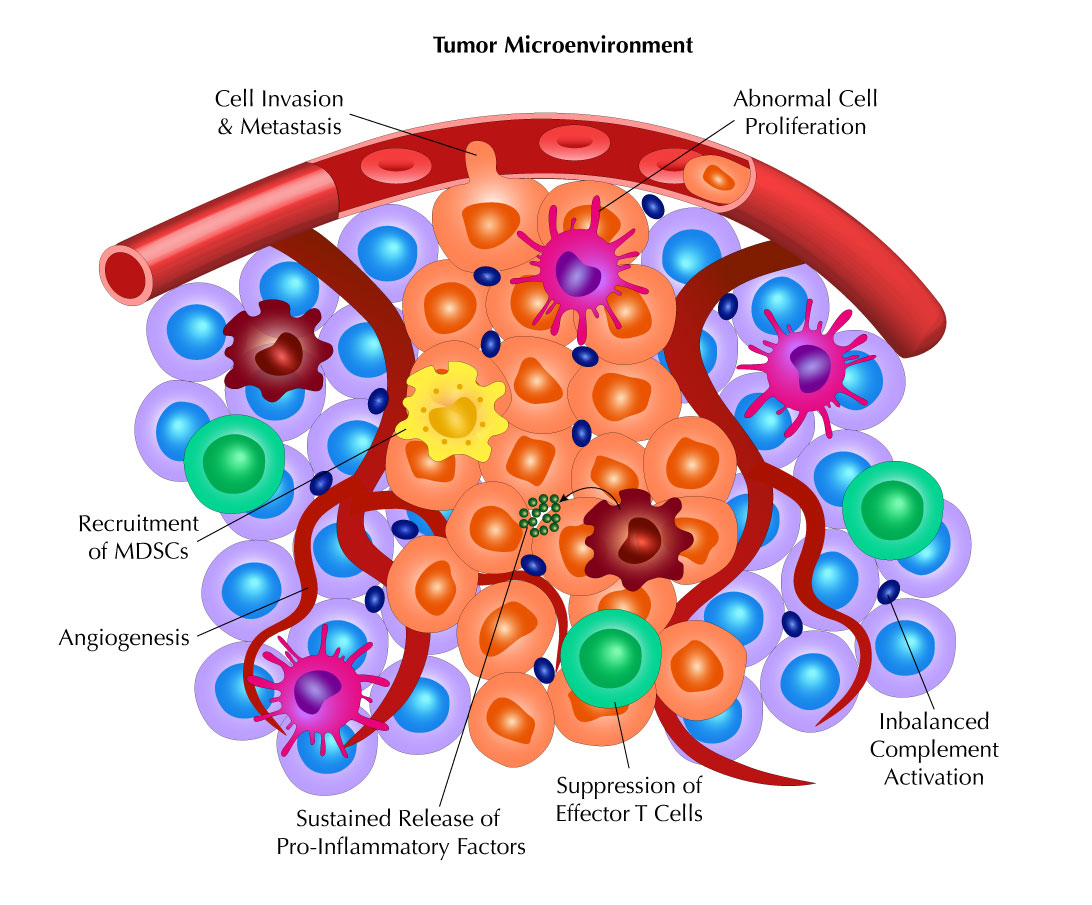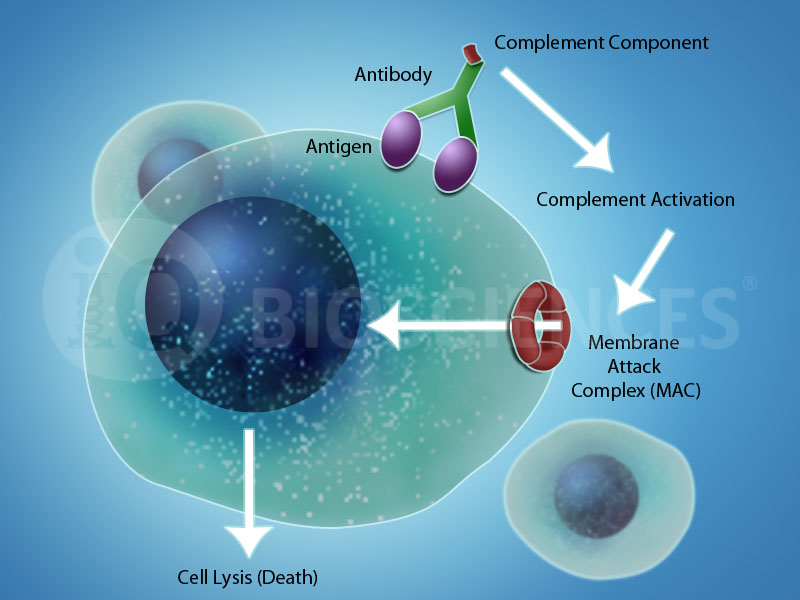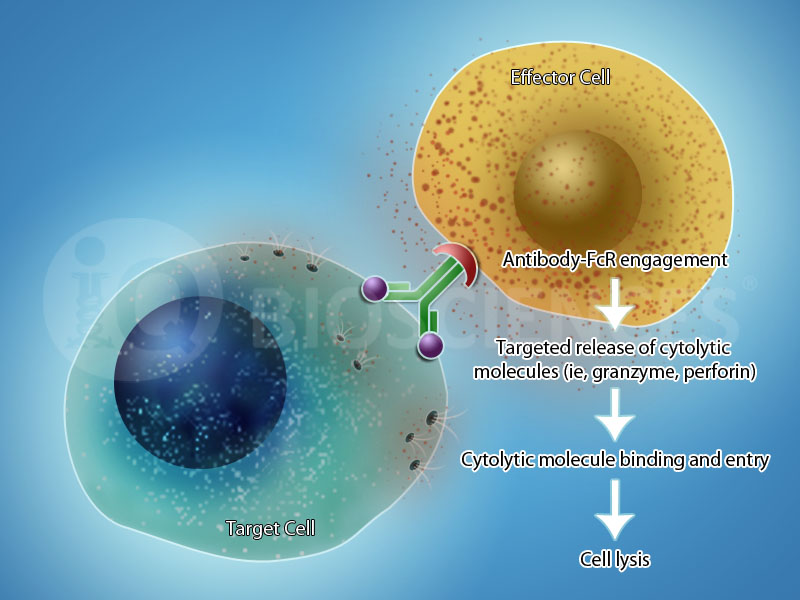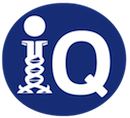Revisiting Complement, An Old Friend… (Part 3)
After summarizing how the complement system can have both anti-tumor and pro-tumor effects, we conclude our blog series on Reis et al. by discussing the clinical aspects of complement as a target and biomarker. As discussed in the previous blogs, the imbalance in activation of complement leads to overproduction of complement proteins that causes a switch from immunosurveillance to tumorigenesis. Thus, therapeutics may be developed that target complement proteins and fragments to restore balance and an effective immune environment. Using complement to enhance monoclonal antibody-based (mAb) therapies Engineering antibodies to enhance Fc region-mediated effector functions have been well [...]






